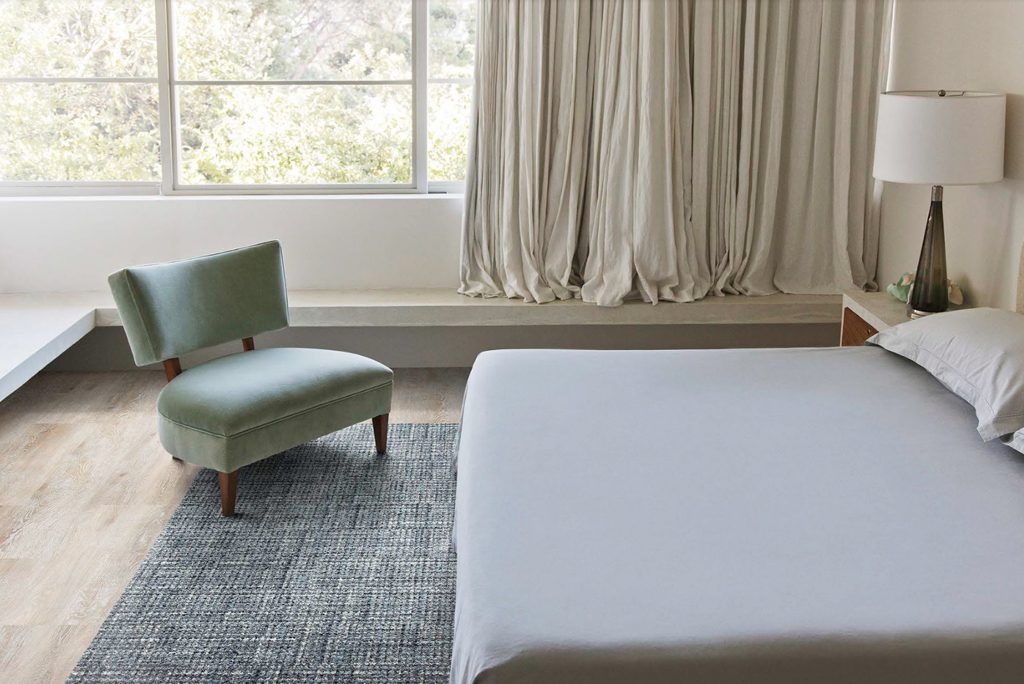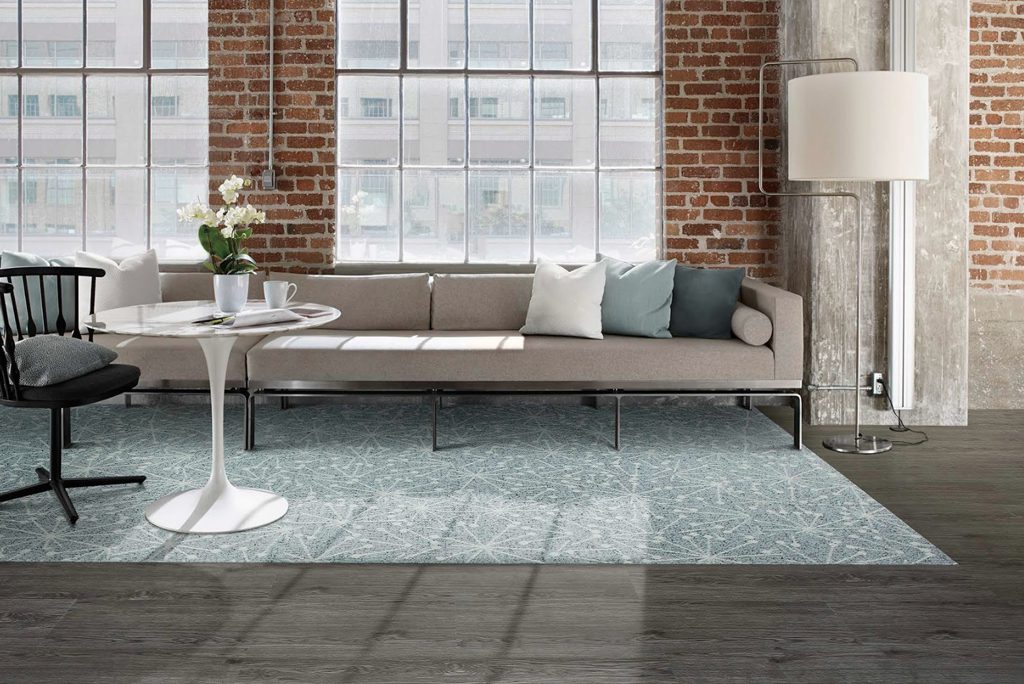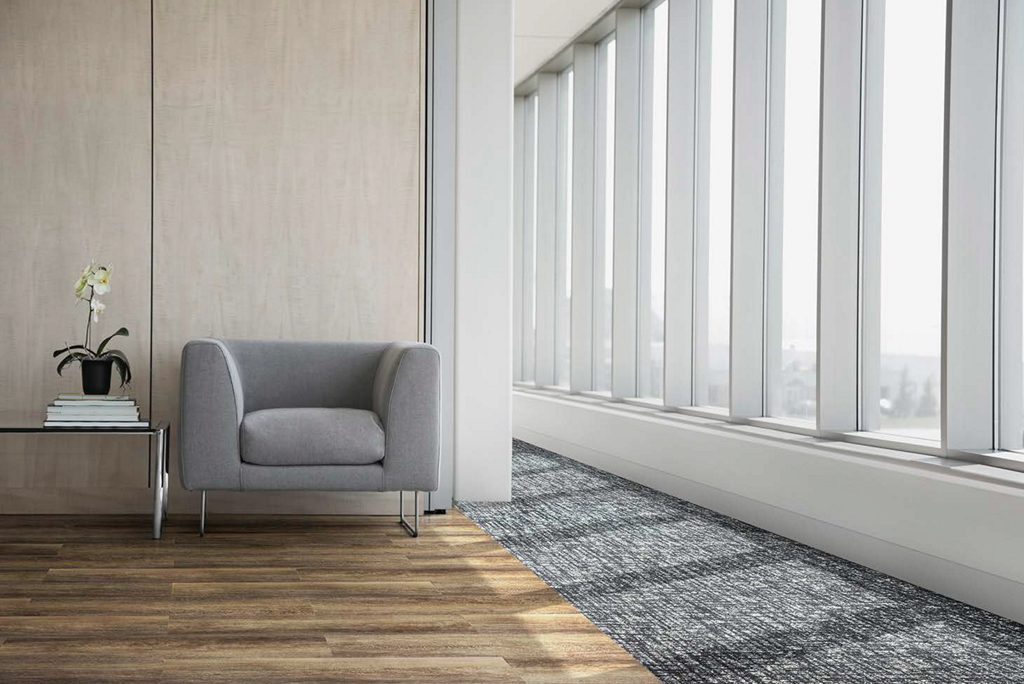The landscape of the hospitality industry is shifting. Designers and architects need to consider the remit of hospitality spaces beyond the usual, eat, sleep, drink, and repeat. Read on to find out what concepts are breaking ground in hospitality.

1. Lobbies as Workspaces
In 2017, the workspace is no longer confined to the office. With workers facing with a wide choice of places to undertake their daily tasks – from co-working spaces like WeWork to Work Club – hotels are breaking into the burgeoning market. Designers are now increasingly tasked with creating fluid, multi-use spaces that can cater to the needs of hotdeskers and freelancers. Ovolo Hotel in Sydney by Hassel kept workplace design firmly in mind when reconsidering how a hotel can serve the needs of its guests today.
2. Going Local
Thanks to Airbnb, the tired template of generic hotels is beginning to lose their flavor. Travellers no longer want to travel the world through an unending chain of replica environments that bear no reflection on life beyond its walls. Although many travellers are taking the opportunity to live like a local à la Airbnb, the ones who still want a taste of luxury have considerably more options. Citizen M Hotel, with branches in Amsterdam, New York and Paris, reflect the city in their design. From materials and colour palettes to finer décor details, Citizen M is making sure that guests know exactly where they are in the world.

3. Experiential Spaces
For jet setting clients who are used to being entertained 24/7 expect experiences when they travel – whether it is in the restaurant they eat at or the place they sleep. In an era when people are used to having all their senses constantly stimulated – whether virtual or in reality – designers in the hospitality industry have are raising the bar. Late last year, Apple’s Jonathan Ive and Industrial designer Marc Newson created the ’Christmas Tree’ installation for the lobby of Claridge’s hotel in Mayfair which saw them incorporate four-metre-high light boxes with photographs of snow covered silver birch trees as well as real trees and artificial snow.
4. Hotels as Cultural Venues
In cities where guests have a whole host of activities to choose from, hoteliers need to find ways to engage them and encourage the use of hotels beyond just sleeping. The Hoxton Hotel – with establishments in London, Amsterdam and soon Paris and Williamsburg, New York – operates almost like a cultural venue. Offering guests – and locals – art exhibitions, workshops, lectures and cinematic experiences, the Hoxton caters to all tastes and ensures that visitors don’t even need to leave the confines of the hotel.
